How to Choose the Best Rockhounding Tools for Winter
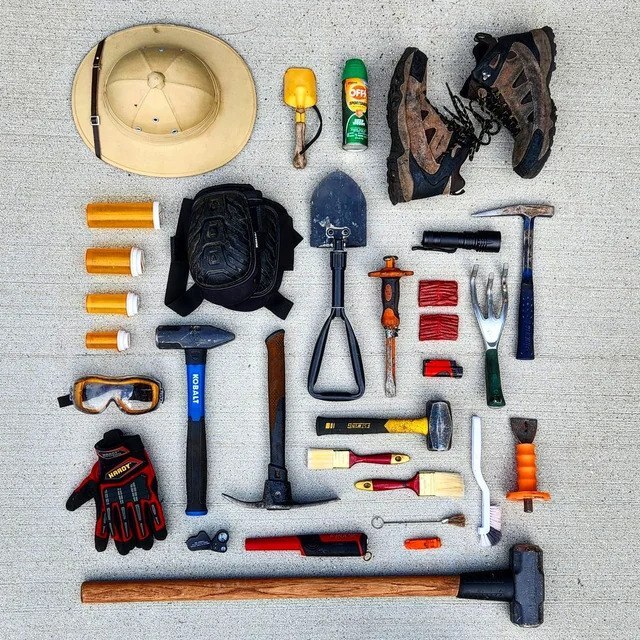
Rockhounding is a fun and rewarding hobby that can be enjoyed all year round. But when the temperature drops and the snow falls, you need to be prepared with the right tools and equipment to make your rock-hunting trips safe and successful.
Winter rockhounding may evoke images of frozen fingers and frosty beards, but fear not! The right tools make it a thrilling escapade. Frozen ground, while challenging, exposes hidden rock layers and concentrates minerals in thawed streams.
In this article, we will show you how to choose the best rockhounding tools for winter, whether you are a beginner or a seasoned rockhound. We will also share some tips and tricks on how to find and identify rocks and minerals in the cold season.
What are rockhounding tools and why do you need them?
Rockhounding tools are the tools and equipment that you use to collect, identify, and clean rocks and minerals. They can range from simple hand tools like hammers, chisels, and brushes, to more advanced tools like screens, black lights, and magnifiers. Rockhounding tools are essential for any rockhound because they help you:
- Locate and access rocks and minerals that are hidden or buried in the ground or cracks and crevices.
- Break or split rocks and minerals that are too large or hard to handle.
- Clean and polish rocks and minerals that are dirty or dull.
- Identify and classify rocks and minerals that are unknown or unfamiliar.
- Display and store your rocks and minerals safely and attractively.
Depending on the type and location of your rockhounding, you may need different tools and equipment. For example, if you are rockhounding in a desert or a beach, you may need a shovel, a bucket, a screen, and a sieve to sift through the sand and gravel. If you are rockhounding in a forest or a mountain, you may need a hammer, a chisel, a pry bar, and a backpack to break and carry the rocks and minerals. If you are rockhounding in a dark or a cold place, you may need a flashlight, a black light, a magnifier, and a warm jacket to see and examine the rocks and minerals. But since this article is focused on winter rockhounding, we will be looking at tools that will help you:
- Breakthrough frozen soil: Chisels, pry bars, and even ice picks become your winter allies, aiding in gentle excavation.
- Navigate slippery surfaces: Sturdy boots with good traction to conquer icy slopes and snow-covered paths.
- Stay warm and visible: Layered clothing, hand warmers, and bright-colored gear ensure comfort and safety in colder temperatures.
How to Choose the Best Rockhounding Tools for Winter?
Choosing the best rockhounding tools for winter is not a one-size-fits-all solution. You have to consider several factors, such as:
The type of rock or mineral you're seeking: Different rocks and minerals have different properties, such as hardness, color, shape, and luster. You need to choose the tools that match the characteristics of your target rocks and minerals. For example, if you are looking for quartz crystals, you may need a hammer and a chisel to break them out of the matrix. If you are looking for fluorite, you may need a black light to make them glow in the dark.- The terrain and weather conditions of your rockhounding site: Different terrains and weather conditions pose different challenges and risks for rockhounding. You need to choose the tools that suit the environment and the season. For example, if you are rockhounding in a snowy or icy area, you may need a shovel, a pickaxe, and a pair of gloves to dig and chip through the frozen ground. If you are rockhounding in a windy or rainy area, you may need a waterproof bag, a hat, and a poncho to protect yourself and your rocks from the elements.
- The budget and availability of your rockhounding tools: Different rockhounding tools have different prices and availability. You need to choose the tools that fit your budget and your accessibility. For example, if you are on a tight budget, you may want to look for cheap or free alternatives to expensive or rare tools. If you are in a remote area, you may want to look for local or online sources to buy or rent your tools.
To help you choose the best rockhounding tools for winter, we have compiled a list of some of the most common, must-have, useful tools and equipment for your winter rockhounding arsenal.
Winter Warriors: Tools for the Frozen Frontier
- Ice Pick
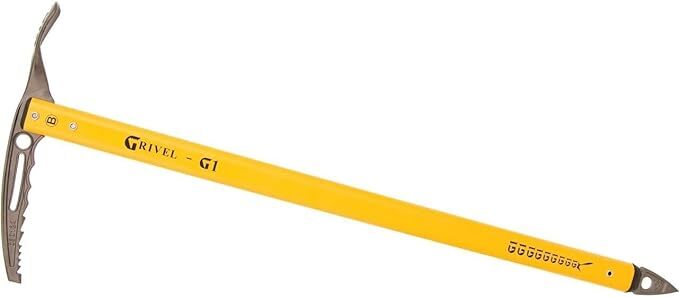
This trusty companion helps chip away at icy surfaces and provides extra grip on slippery slopes. It assists in breaking through icy surfaces to access rock formations.
Recommended Product: Grivel G1 Ice Axe- Durable stainless steel pick.
- Ergonomic rubber grip for comfortable handling.
- Adjustable wrist strap for added security.
- Suitable for various icy terrains.
Why It's Recommended: The Grivel G1 Ice Axe is a versatile and reliable choice for winter rockhounding. Its sturdy construction and user-friendly design make it an excellent tool for breaking through ice and navigating challenging winter landscapes. - Shovel
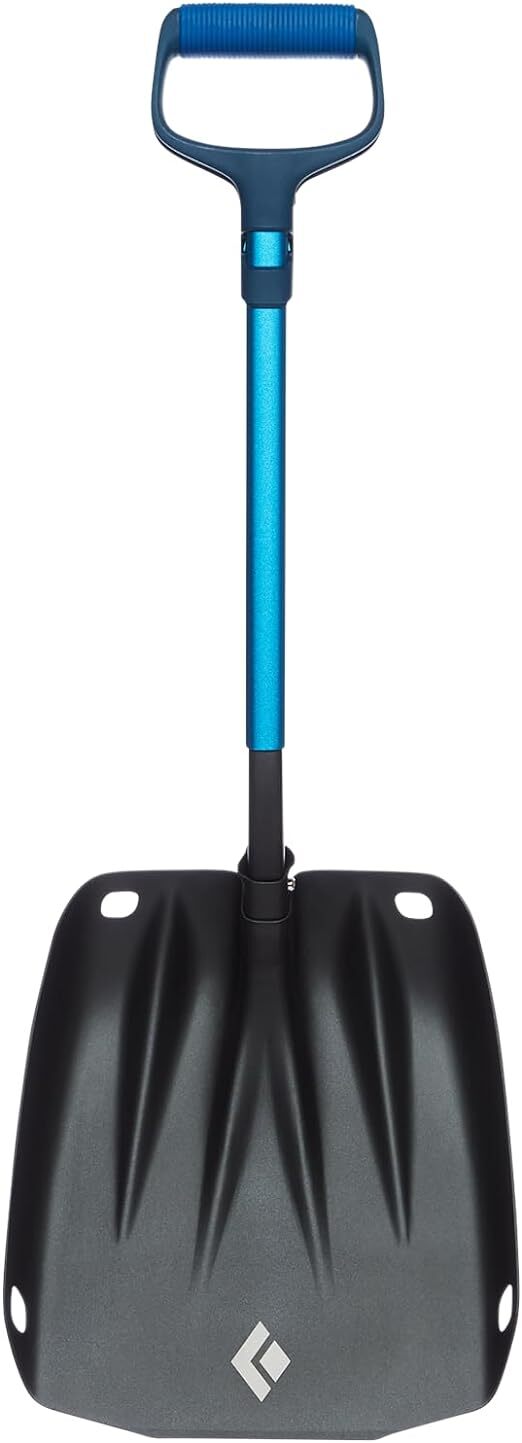
Clear away snowdrifts, dig through frozen ground, and uncover hidden rocks and mineral layers that lie beneath with a portable shovel.
Recommended Product: Black Diamond Evac 9 Shovel- Collapsible design for easy transport.
- Durable aluminum construction.
- Efficient blade shape for effective digging.
- Extendable shaft for added reach.
Why It's Recommended: The Black Diamond Evac 9 Shovel is a compact yet powerful tool for winter rockhounding. Its collapsible nature makes it convenient to carry, and its robust build ensures it can handle the toughest digging conditions. - Hand Warmers

Hand warmers keep your fingers nimble for delicate rock handling, maintaining warmth in freezing temperatures during extended rockhounding sessions.
Recommended Product: HotHands Hand Warmers- Provides up to 10 hours of continuous warmth.
- Air-activated and odorless.
- Compact and easy to slip into gloves or pockets.
- Affordable and available in bulk.
Why It's Recommended: HotHands Hand Warmers are a reliable choice to keep your hands toasty during chilly rockhounding adventures. Their affordability and long-lasting heat make them a staple for cold-weather activities. - Headlamp
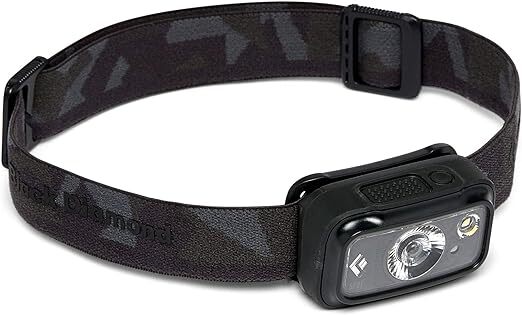
This allows you to explore shadowy crevices and dimly lit caves with a bright, hands-free light source and also helps illuminate your surroundings during low-light conditions, crucial for winter nights.
Recommended Product: Black Diamond Spot Headlamp- Brightness of up to 300 lumens.
- Waterproof design for all-weather use.
- Multiple lighting modes for versatility.
- PowerTap technology for easy brightness adjustments.
Why It's Recommended: The Black Diamond Spot Headlamp is an excellent choice for winter rockhounding. Its powerful illumination, waterproof features, and user-friendly design make it an indispensable tool for exploring rock formations in the dark. - All-Terrain Boots
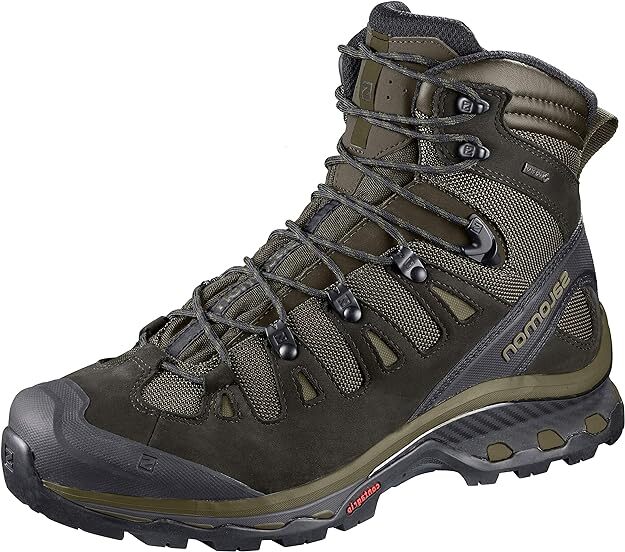
This will provide stability and warmth while navigating icy and uneven terrains.
Recommended Product: Salomon Quest 4D 3 GTX Boots- GORE-TEX waterproof membrane.
- Contagrip outsole for excellent traction.
- Supportive and comfortable design.
- Protective rubber toe cap.
Why It's Recommended: Salomon Quest 4D 3 GTX Boots offer a perfect balance of waterproofing, support, and traction. These boots will keep your feet warm and dry, ensuring a comfortable rockhounding experience in winter conditions.
Other Essentials for Every Hunt
- Geology hammer: Your trusty hammer breaks rocks, exposes layers, and helps unearth hidden gems. Choose a lightweight, ergonomic one for comfortable use.
- Safety glasses: Protect your eyes from flying rock chips and dust with shatterproof glasses.
- Pocket chisel: This handy tool tackles tight spaces and cracks where your hammer can't reach.
- Magnifying glass: Get up close and personal with your finds. A 10x magnification makes identifying minerals a breeze.
- Gloves: Keep your hands warm and protected from rough surfaces with durable, waterproof gloves.
- Rock bag: A sturdy canvas bag with compartments keeps your precious finds organized and safe.
Bonus Tips for Sparkling Success
- Choose Your Location Wisely: Research and select rockhounding sites that are accessible and safe during the winter months. National parks often have designated areas open year-round.
- Research your rockhounding location: Knowing what minerals and rocks the area harbors helps you target your search.
- Respect the environment: Leave no trace, follow local regulations, and collect responsibly.
- Collaborate with Fellow Enthusiasts: Rockhounding is more fun when shared. Team up with friends or join local rockhounding groups for a communal experience. You'll learn from each other and share the joy of discovery.
- Warm up your finds: Let frozen rocks thaw slowly indoors to prevent cracking.
- Get creative with identification: Mineral identification apps and online resources can be your wintertime allies.
Conclusion
Rockhounding is a great way to explore and appreciate the beauty and diversity of nature. But to make the most of your rockhounding adventures, you need to have the right tools and equipment for the job. In this article, we have shown you how to choose the best rockhounding tools for winter, and what factors to consider when buying or using them. We have also given you some examples of rockhounding tools and supplies that you can find online or in your local store. Now that you know how to select the best rockhounding tools for winter, you are ready to hit the road and start your holiday season hunt.
Remember, the most important tool is your passion for exploration! So, bundle up, grab your rockhounding gear, and get ready to unearth the magic hidden beneath the winter's veil. Happy holidays, and Happy rockhounding!
